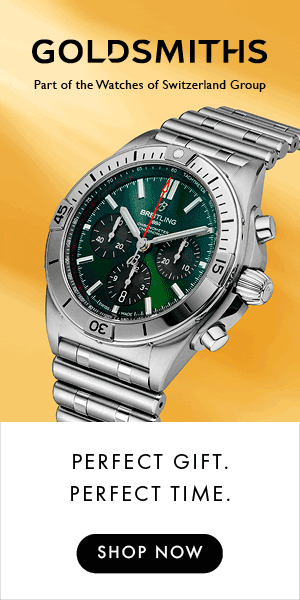The EU as seen from the Bali G-20 | Opinion
is the headline of the news that the author of WTM News has collected this article. Stay tuned to WTM News to stay up to date with the latest news on this topic. We ask you to follow us on social networks.

A G-20 summit in Indonesia is an excellent lens for looking into the future of the EU and pondering its place in the world. At the outset, it is worth remembering some notorious data, but it is opportune to emphasize in order to assume the great reality of our century: the center of gravity of the world is shifting at a great pace towards Southeast Asia. Three of the four most populous countries in the world are located here (India, China and the host country of the summit, Indonesia, with almost 280 million inhabitants); three of the five largest economies in the world are from the region (China, Japan and India); two of the main security challenges (Taiwan and North Korea) are brewing in these parts; The area is also the world’s great factory (not only China’s manufacturing powerhouse, but also Vietnam’s, Taiwan’s chips, Japan’s or South Korea’s high-end, Indonesia’s mining resources and much more).
Seen on the map, it looks like an amazing crescent. The lower flank from Bombay to Jakarta and Tokyo; the upper one, pulling towards Bangkok, Hanoi, Hong Kong, Shanghai, Beijing or Seoul. A truly impressive human development set.
The G-20 summit has revealed several things: the parade of leaders who wanted to have bilateral agreements with Xi Jinping; India’s diplomatic activism; the projection of Indonesia, little-known giant.
This reality poses opportunities, dilemmas and challenges for the EU. In geopolitical terms, one has to assume that the US will want to turn its attention more and more strongly to this area as the century progresses. Although the US will continue to maintain the means and ambition for a global projection, the resources are not infinite. Also, the Biden presidency is very Europhile, but there is no guarantee that this will continue to be the case. This is one of the elements that must be considered in the debate on the strategic autonomy of the EU.
In manufacturing terms, the competition that this region entails is going to be ruthless. China is the factory of the world; Japan, South Korea and Taiwan, large high-end producers. Countries like Vietnam or Indonesia itself have room to continue gaining considerable ground. The latter has significant mining potential, which adds to China’s primacy in this specific sector. EU companies should listen closely to this dynamic, see what options they have to diversify offshored production from China to other countries — to be less dependent on a potential adversary giant — and outline how to keep European manufacturing competitive.
In technological terms, while the US retains a clear global lead, China is advancing at a rapid pace in key areas such as artificial intelligence; Korea and Japan, once again, are leading players; India could be in the not too distant future. Europe must reflect on its many weaknesses before the race of the leaders.
European countries continue to be more prosperous than most of the Southeast Asian region. Its democratic quality is an asset that will continue to bear the fruits of freedom. Its history and cultural heritage luminously accompany your path. But it is convenient not to fall asleep in an unconscious Eurocentrism. What is urgent – the Russian challenge – must not displace from the agenda what is important – putting Europe’s position on track in the best possible way in this world with a growing Asian role.
Subscribe to continue reading
Read without limits





















































